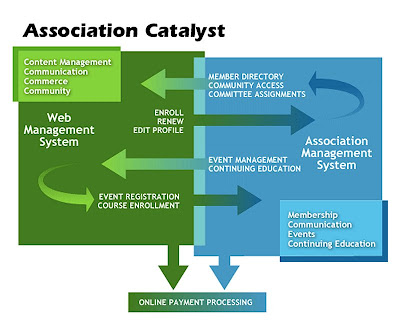
The knowledge area of time management typically refers to the skills, tools, and techniques used to manage time when accomplishing specific tasks, projects and goals. To become an effective time manager, you should be able to clearly understand the activities of the project and have the necessary skill set to plan, schedule, and control a project timeline. Along with these skills, you must also be able to utilise time management tools to help you analyse, measure, and assess your time management techniques. Keeping all of this in mind, may I suggest four steps to help with project time management:
- Define the Activities
- Sequence the Activities
- Estimate Activity Resources
- Develop and Control the Schedule
This step requires you to define the tasks, milestones, and other activities needed to complete the project. Start with a basic definition of each task and fill in the details as the project gets fleshed out.
A Gantt chart is a simple and quick way to outline the entire project. Use the Gantt chart to add tasks and their estimated time frames. Don't worry about dates at this point, but rather focus on the time it will take to complete each individual task.
2.Sequence the activities
Once the activities have been defined, you can start putting the activities in order. Without worrying about dates, order the activities in a way that makes the most sense to you. Create sub tasks as needed and organise the project in a logical manner.
Once you have the activities in order, add dependencies to each task. Using dependencies, rather than dates, will help you see the true timeline of the project. For example, if you are building a website, you'll need to design the website before you can start developing it. The design activity is a prerequisite to the development activity. If the design activity is completed later than expected, the development activity will also be pushed out to a later date.
3.Estimate activities resources
This step is one of the more challenging steps because it requires you to assess the supply and demand of each resource/person and how it relates to your specific project. Do you have enough resources to complete the assignment as scheduled or do you need additional resources?
Assign specific people or job roles to each task and then revise the dependencies based on the resource allocation. If a Programmer is required for 15 activities and 10 of them overlap, then you can either hire an additional Programmer or accept that the project timeline will be pushed out further based on the resource dependencies.
4.Develop and control the shedule
If you used a Gantt Chart to create the project timeline, it should be fairly easy to develop a project schedule. Review the Gantt chart with the entire team and make sure you have complete buy-in before you start the project. Everybody should understand their role in the project and should be able to confidently commit to the timeline.
Controlling the schedule is a lot harder than planning the schedule and requires more one-on-one management than you might expect. The project manager should be carefully monitoring the status of the project and verify that the activities are being completed on time and within scope.
0 comments:
Post a Comment